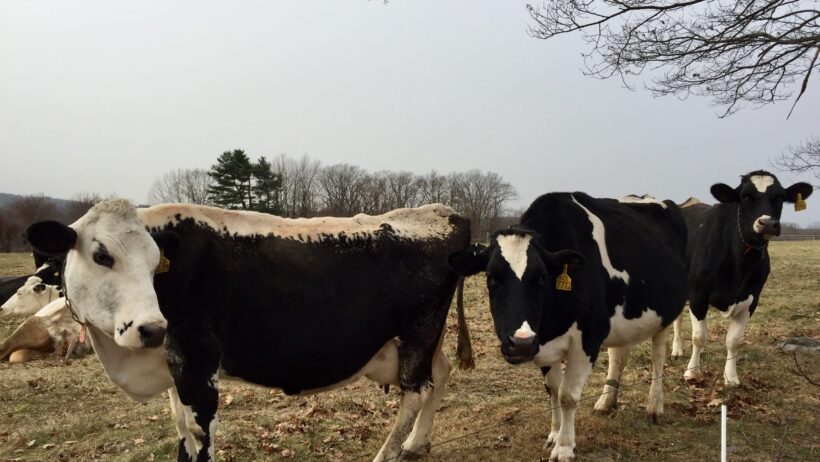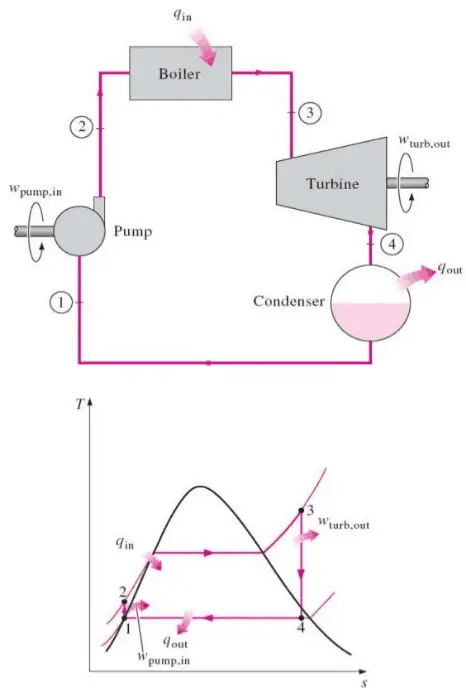The debate surrounding livestock and climate change often fixates on the concept of “cow farts.” However, upon closer examination, this simplification glosses over the more pertinent issue: methane emissions resulting from livestock digestion. It’s crucial to comprehend how these emissions contribute to global warming, as well as the underlying processes that make them significant.
Methane (CH₄) is a greenhouse gas with a global warming potential significantly greater than carbon dioxide (CO₂). Over a 20-year period, methane’s warming effect is approximately 84 times more potent than that of CO₂. This alarming statistic underscores the pressing need to address methane emissions, especially from the agricultural sector, where livestock farming plays a pivotal role.
When ruminant animals, such as cows, digest their food, fermentation occurs in their stomachs. This process produces methane as a byproduct. Cows, with their multi-chambered stomachs and specialized gut bacteria, are particularly adept at generating methane during digestion. Although the emissions released through flatulence are indeed part of the equation, significantly more methane is expelled through belching. Studies estimate that as much as 90% of methane emissions from cattle are released via eructation rather than through fecal matter or flatulence. Therefore, the colloquial phrase “cow farts” is somewhat misleading; the true culprit lies within the burps of these animals.
Globally, livestock farming is responsible for a staggering amount of methane emissions. In fact, the Food and Agriculture Organization (FAO) estimates that livestock accounts for approximately 14.5% of human-induced greenhouse gas emissions, with methane being a predominant contributor. This poses critical questions regarding the sustainability of such practices and opens the door for innovative agricultural reforms aimed at mitigating methane output.
One factor that captivates researchers and environmentalists alike is the complexity of ruminant digestion. The symbiotic relationship between cows and certain microorganisms in their digestive tracts is a marvel of biological engineering. These microbes break down fibrous plant material, a process that, while essential for cows to extract nutrients, inadvertently generates methane in substantial quantities. This fascinating interaction between biology and ecology calls for the implementation of practices designed to mitigate methane production without compromising cattle health or agricultural output.
The urgency of addressing methane emissions is further amplified by the fact that its atmospheric lifespan is relatively short – about a decade, compared to CO₂’s century-long persistence. Consequently, efforts aimed at reducing methane emissions can yield immediate climate benefits, making them a focus area in the fight against climate change. Strategies such as dietary adjustments for ruminants, including the incorporation of seaweed or specific feed additives, have shown promise in reducing methane production during digestion. By altering the diet of cows, studies suggest methane emissions can be reduced by up to 80% in some cases.
In addition to dietary interventions, advancements in manure management provide another avenue for reducing methane emissions. Traditional practices often lead to methane release through the decomposition of organic matter in manure. However, innovative techniques such as anaerobic digestion can capture methane from manure and convert it into biogas, a renewable energy source. This not only curtails greenhouse gas emissions but also helps in producing energy, thereby offering a dual solution to climate challenges.
Nonetheless, the road to mitigating methane emissions from livestock is rife with complexities. The agricultural sector is intrinsically linked with economic, social, and cultural factors. In many regions, livestock farming serves as a vital source of sustenance and livelihood. Thus, any proposed changes must strike a balance between environmental sustainability and the socio-economic realities faced by farmers. Education and outreach play pivotal roles in promoting best practices in livestock management and raising awareness about the impact of methane emissions.
Collaborative efforts involving governments, farmers, and non-governmental organizations can catalyze change in the livestock sector. Policies aimed at incentivizing methane reduction strategies, coupled with funding for research and development, can drive innovation. Moreover, highlighting success stories of farmers who have adopted sustainable practices can inspire a broader shift in the industry.
In addition to focused interventions, systemic changes at a larger scale are necessary. Shifting dietary preferences away from reliance on beef and dairy products can also significantly impact methane emissions. Plant-based diets are gaining traction as more individuals recognize the environmental footprints associated with livestock farming. While such personal choices may seem minor, collective actions can stimulate industry transformations that lead to reduced demand for animal products and, consequently, lower methane outputs.
In conclusion, while the notion of cow farts captivating public attention highlights notable observations about the impacts of livestock on climate change, the underlying causes and potential solutions extend far beyond mere humor. Understanding the complexities of methane emissions from ruminants is vital for addressing climate change effectively. Solutions must be multifaceted, incorporating dietary adjustments, innovative management practices, and systemic shifts in dietary habits. Only through a comprehensive approach can we hope to navigate the intricate relationship between livestock farming and global warming, paving the way for a more sustainable future.







